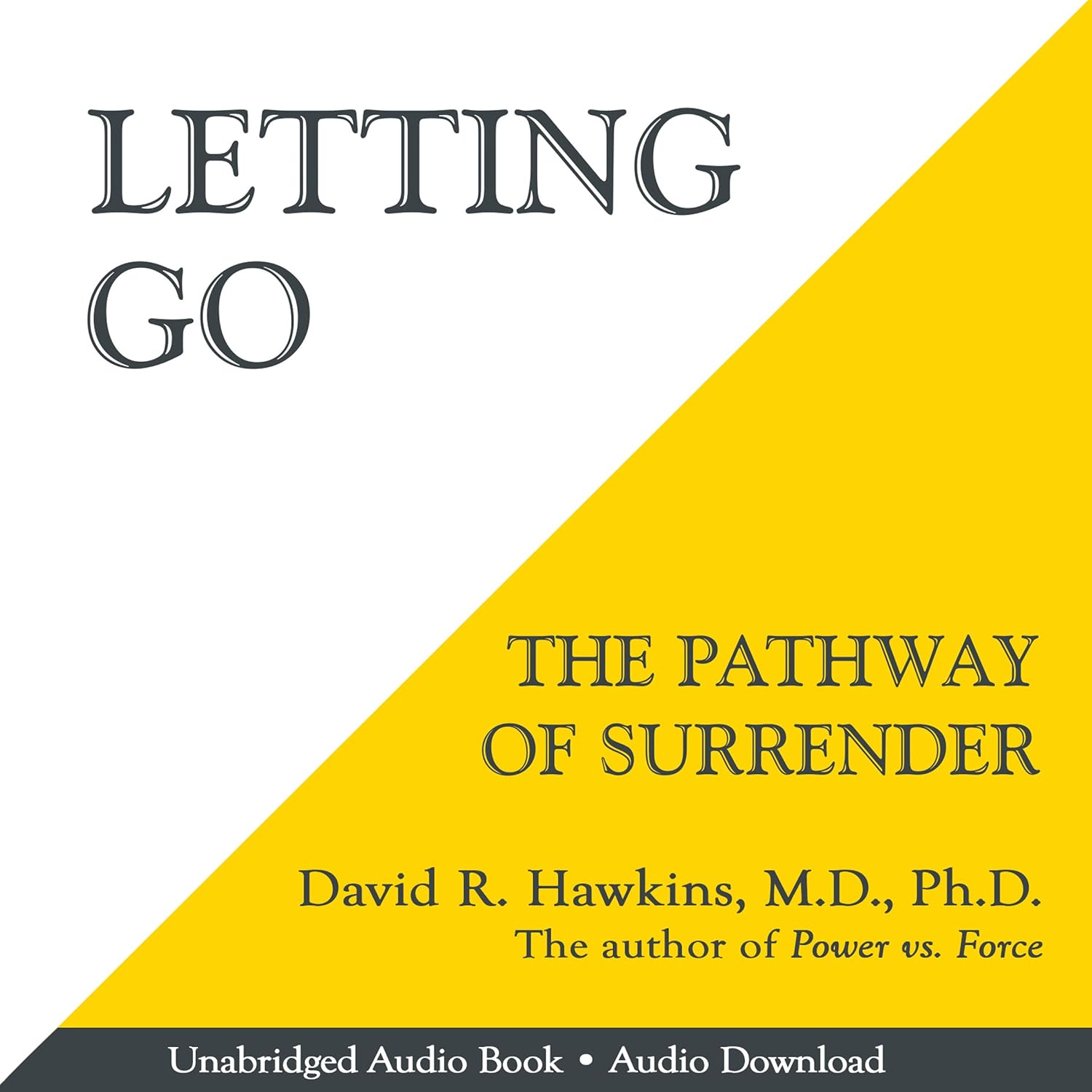Letting Go by Dr. David Hawkins is a book that I picked up after hearing several glowing recommendations. As someone who is deeply interested in personal development and spirituality, the promise of a practical guide to releasing negativity and achieving enlightenment naturally drew me in. Hawkins’ clinical background and the focus on how to effectively relieve human suffering intrigued me, and I was eager to explore the mechanisms of surrender he discusses.
From the outset, I appreciated how the book described the process of letting go as something accessible to everyone, regardless of their life circumstances. It promises that the technique can be applied amidst daily life and offers invaluable advice for various aspects including emotional healing and spiritual growth. I found it to be a thought-provoking journey into self-discovery, aligning with what many readers have called a “life-changing” experience.
One of the most notable strengths of “Letting Go” is its practical applicability. According to several reviews, readers like Azul Love found it transformative for their clients, stating the concepts presented were “easy to understand” and profound. This practicality is enhanced by Hawkins’ approach, which breaks down complex emotional states into manageable steps, aiming to eliminate the inner blocks to happiness, creativity, and spiritual fulfillment. For many, the insights into how to release negative emotions can feel liberating, and as a reader, I found my thoughts aligning with this.
However, not all feedback is overwhelmingly positive. Some readers, such as Trevor Neal, pointed out that the book can feel repetitive at times, and I must agree that certain passages could have benefited from more succinctness. A few anecdotes and theories surrounding chaos theory and quantum physics felt somewhat over-explained, which might diminish engagement for some listeners. Yet, even with these drawbacks, the overall wisdom conveyed about the necessity of surrender felt timely and relevant.
Another aspect worth considering is Hawkins’ discussion on the “scale of emotions.” While some readers found this to be a useful framework to understand one’s emotional state, others, including Trevor Neal, expressed skepticism about its simplicity. They questioned whether it’s genuinely possible to categorize human emotions so distinctly. I, too, found myself pondering this. Can we truly measure emotional states in such a quantifiable way? The answer seems to depend on personal interpretation and experience, making this aspect somewhat contentious.
Yet the core message remains intact: letting go is essential for spiritual growth and mental well-being. This is evident in many readers’ experiences, with reviewer Heath Russell noting how Hawkins manages to articulate complex emotional concepts clearly, making them relatable for the everyday person. This clarity was certainly a highlight of my reading.
Ultimately, “Letting Go” aligns with its promise to guide readers towards surrender as a means to personal transformation. The depth of Hawkins’ insights provides ample food for thought, even for seasoned readers in the realm of self-help and spiritual literature.
In conclusion, I would highly recommend “Letting Go” to anyone looking for practical strategies to enhance their emotional and spiritual well-being. While it may have its flaws—occasional repetitiveness and some oversimplification of emotional states—these do not detract significantly from the profound lessons contained within. My overall experience with the book has been enlightening and rewarding, and I believe many will find themselves influenced positively by its teachings. If you are seeking a resource to guide you through the complexities of letting go and embracing a more enlightened existence, this book is well worth the read.








